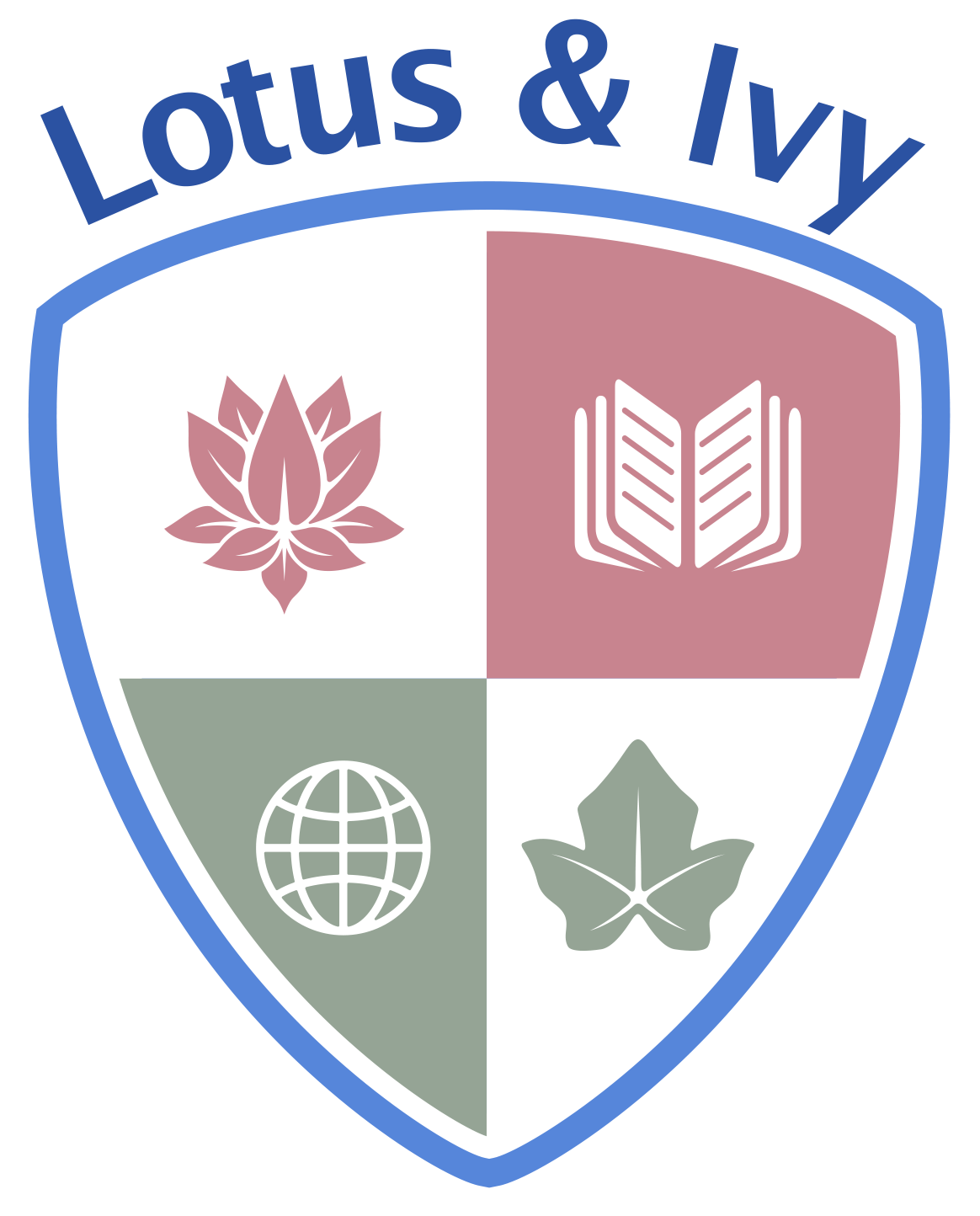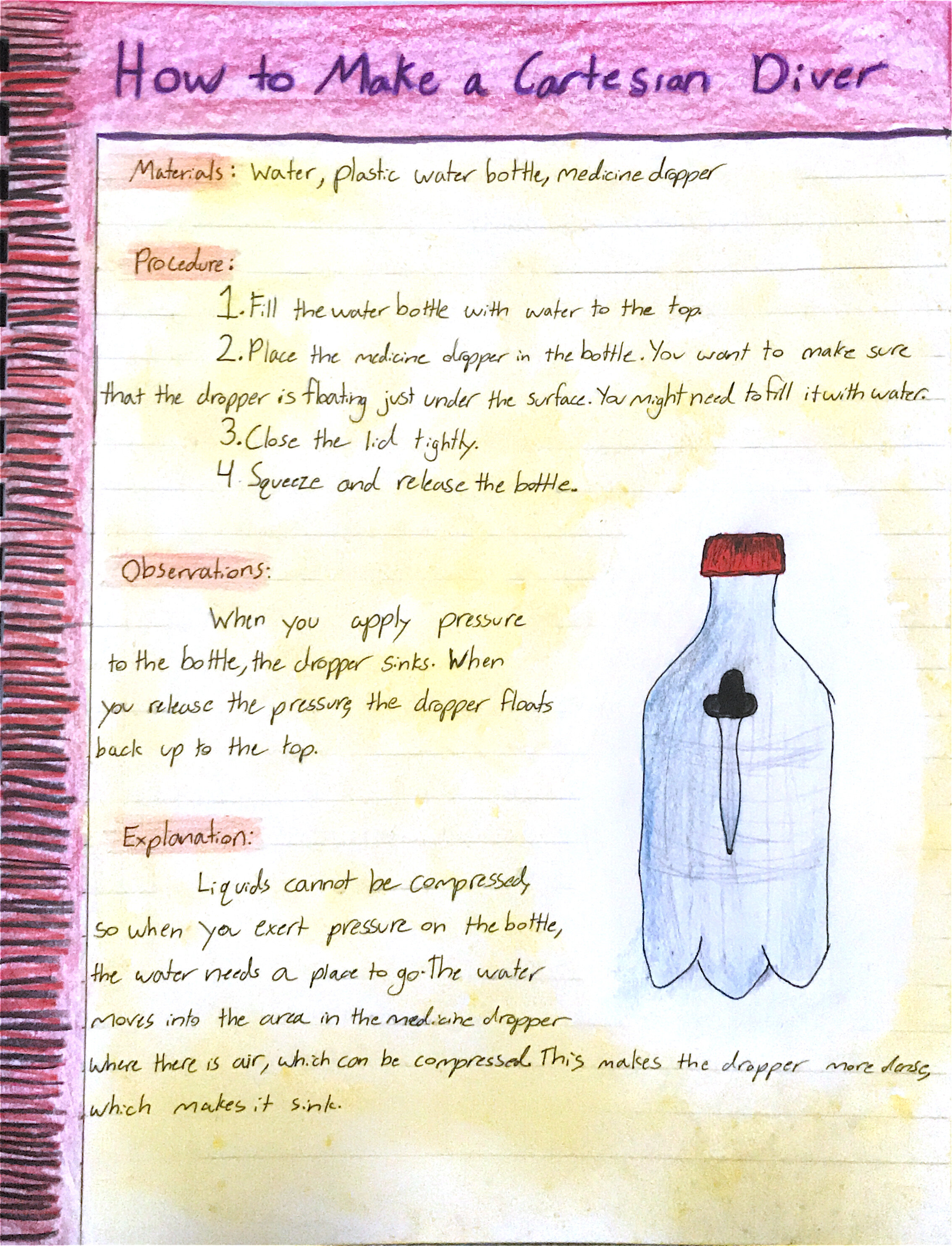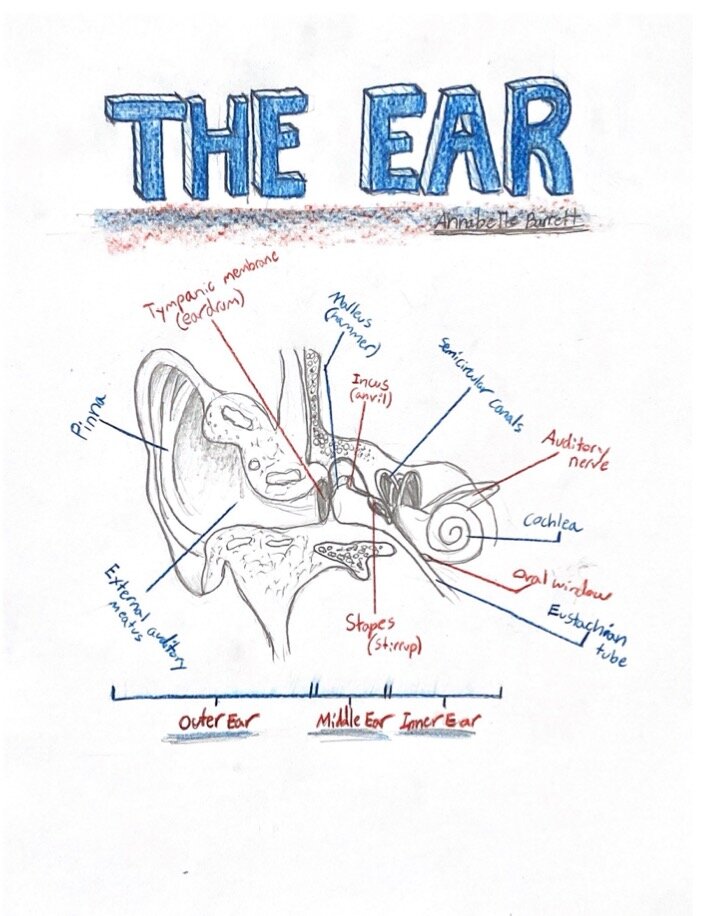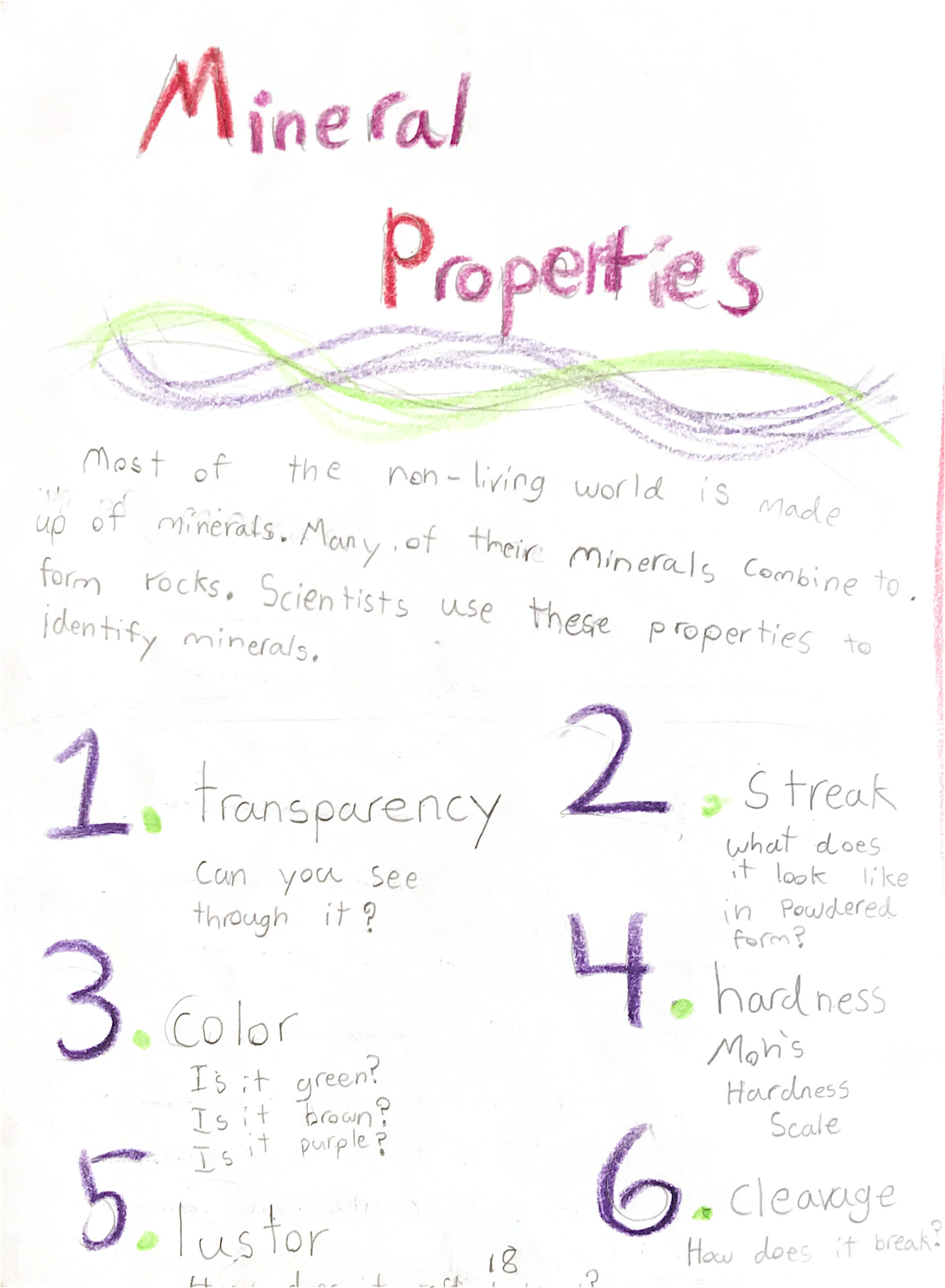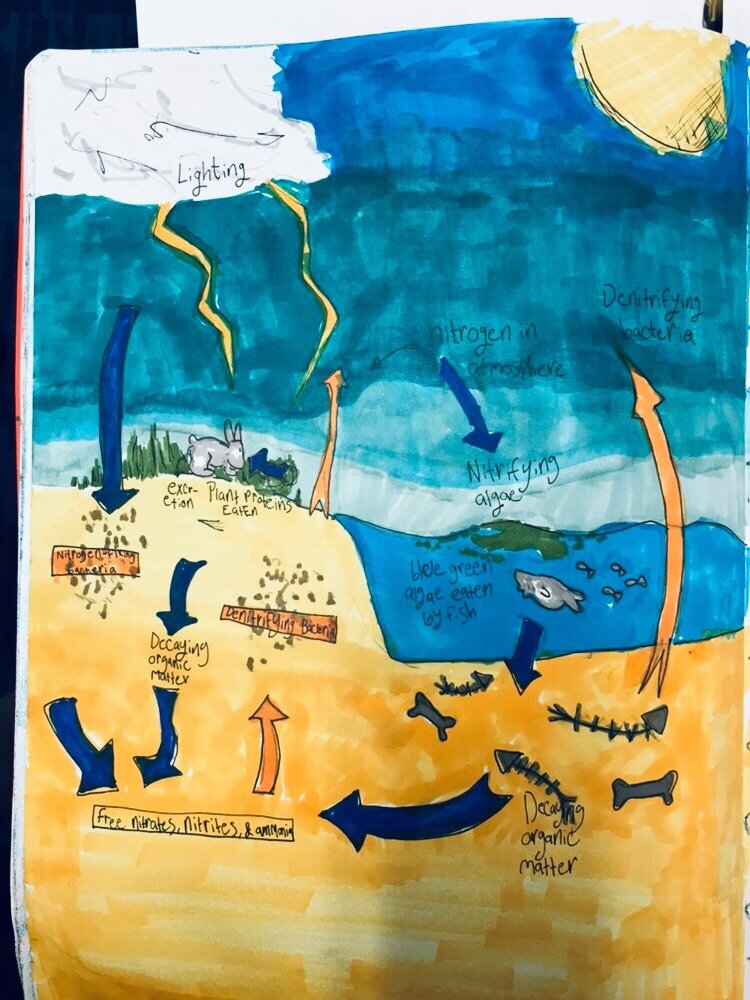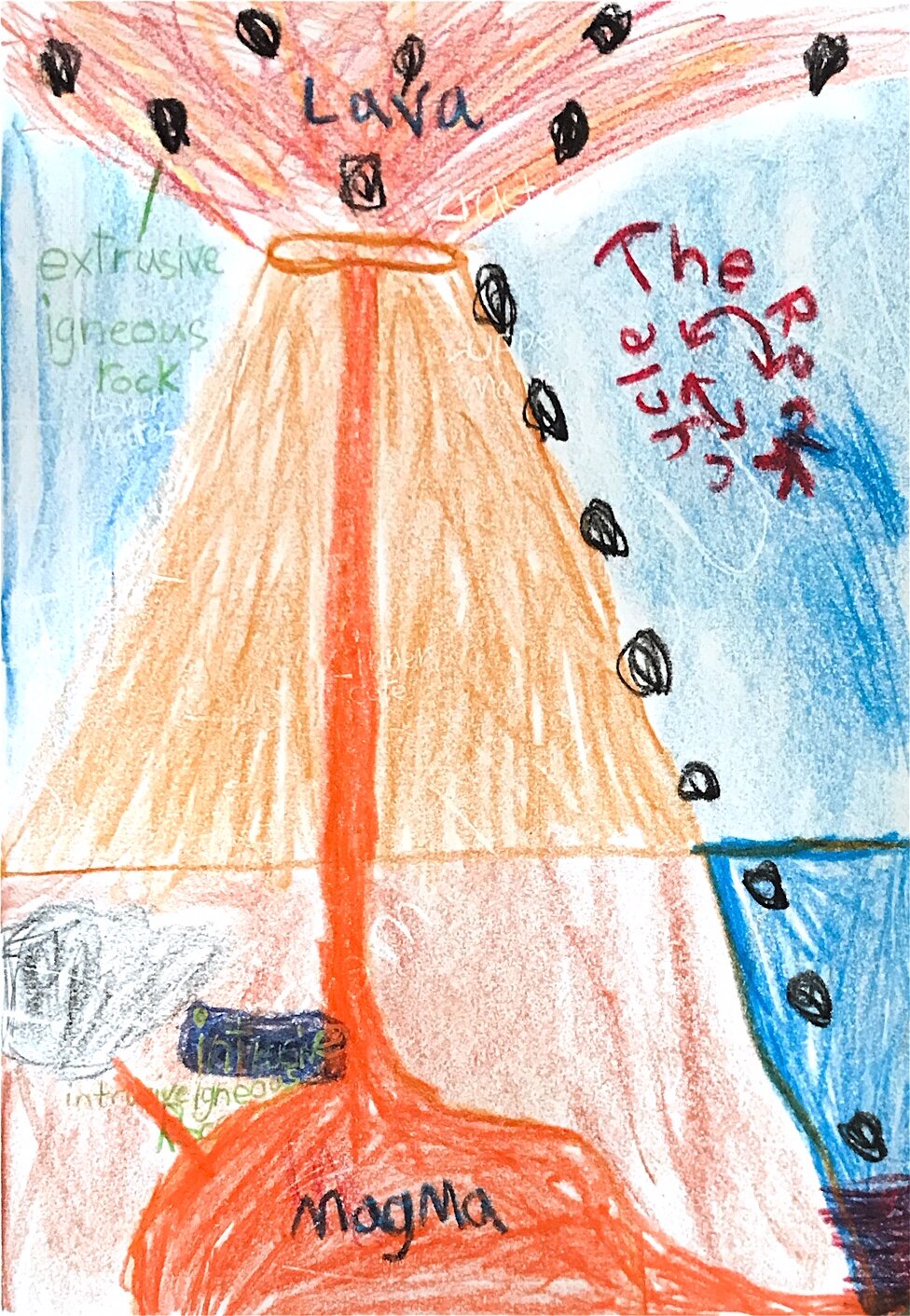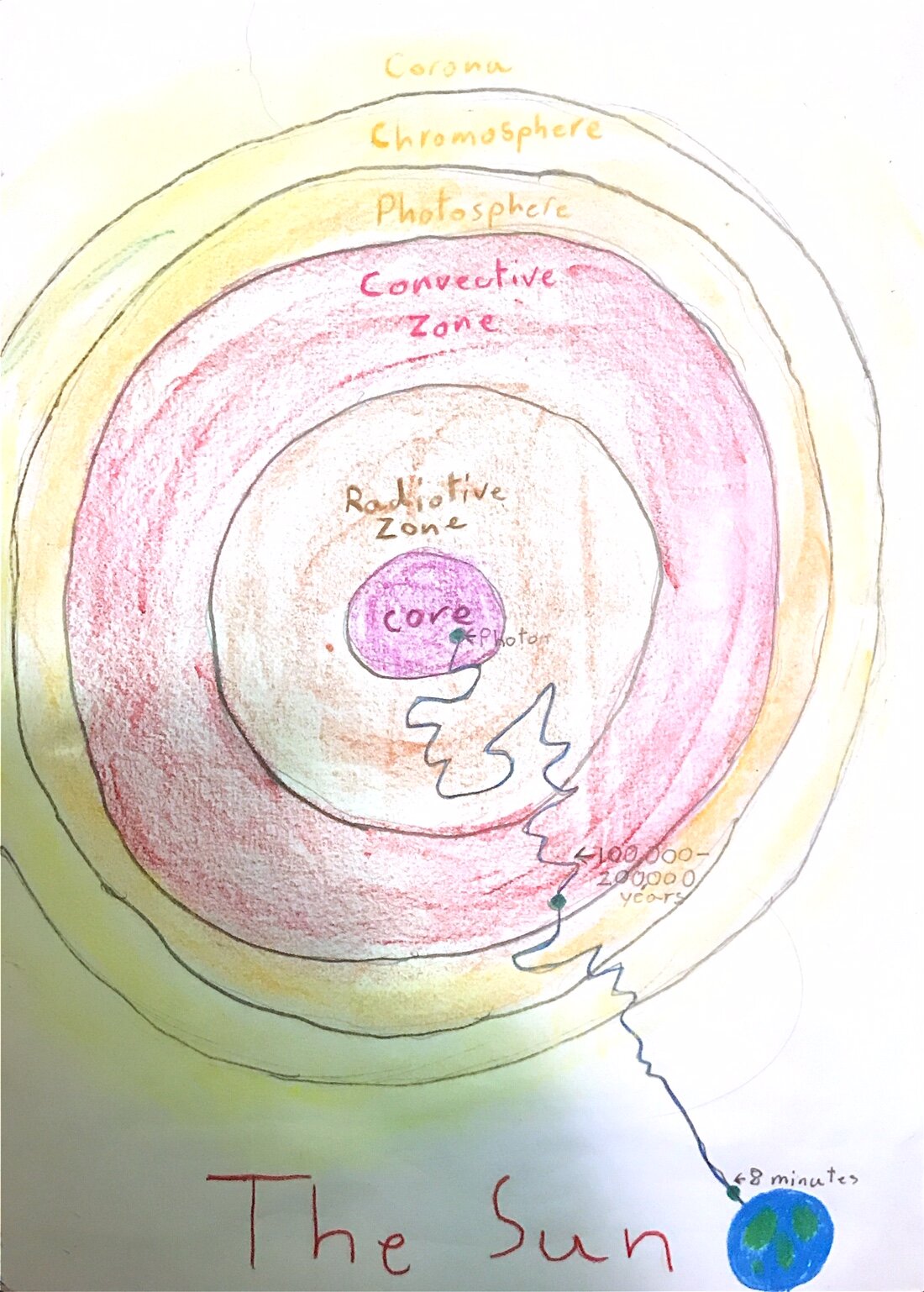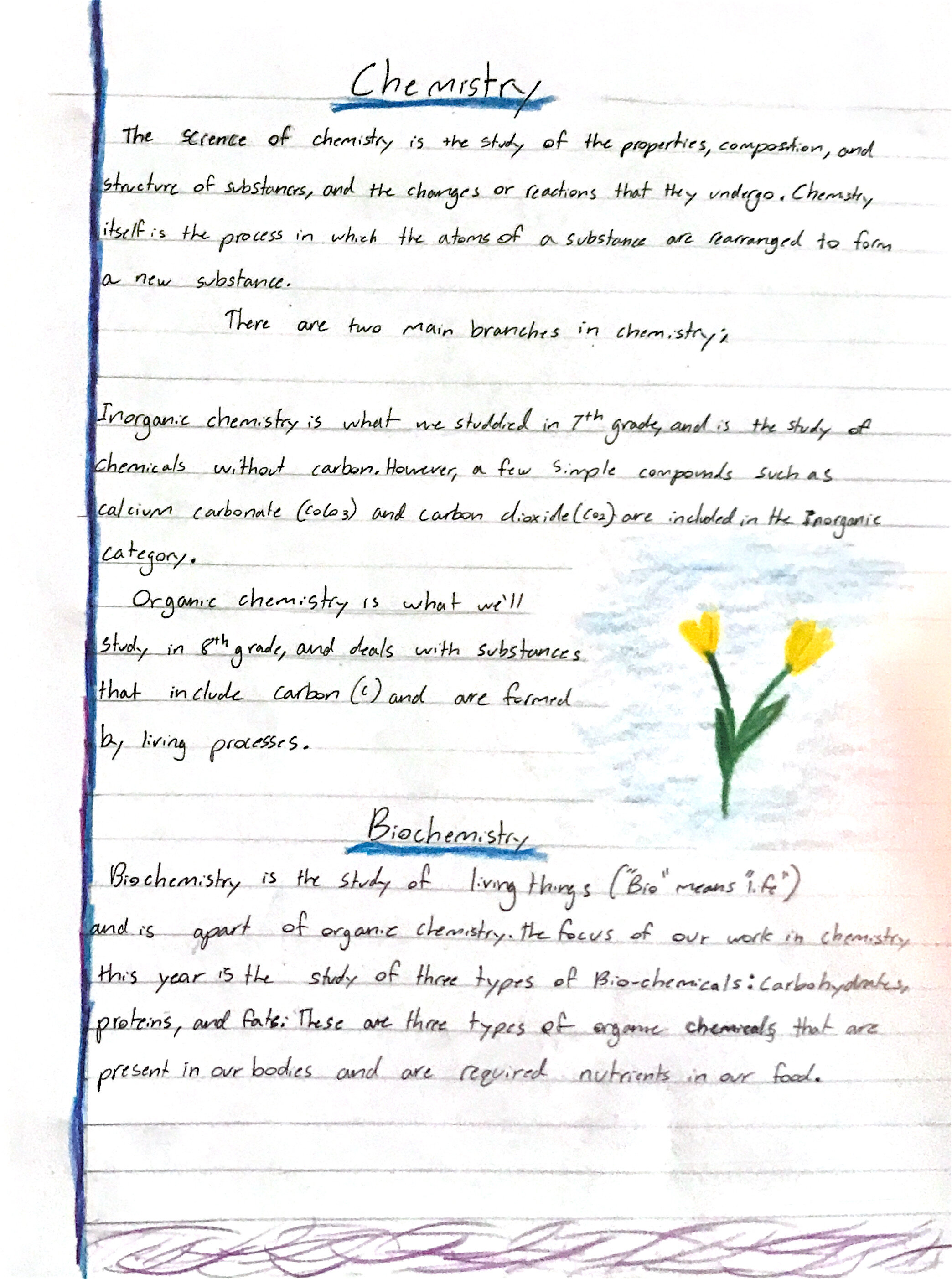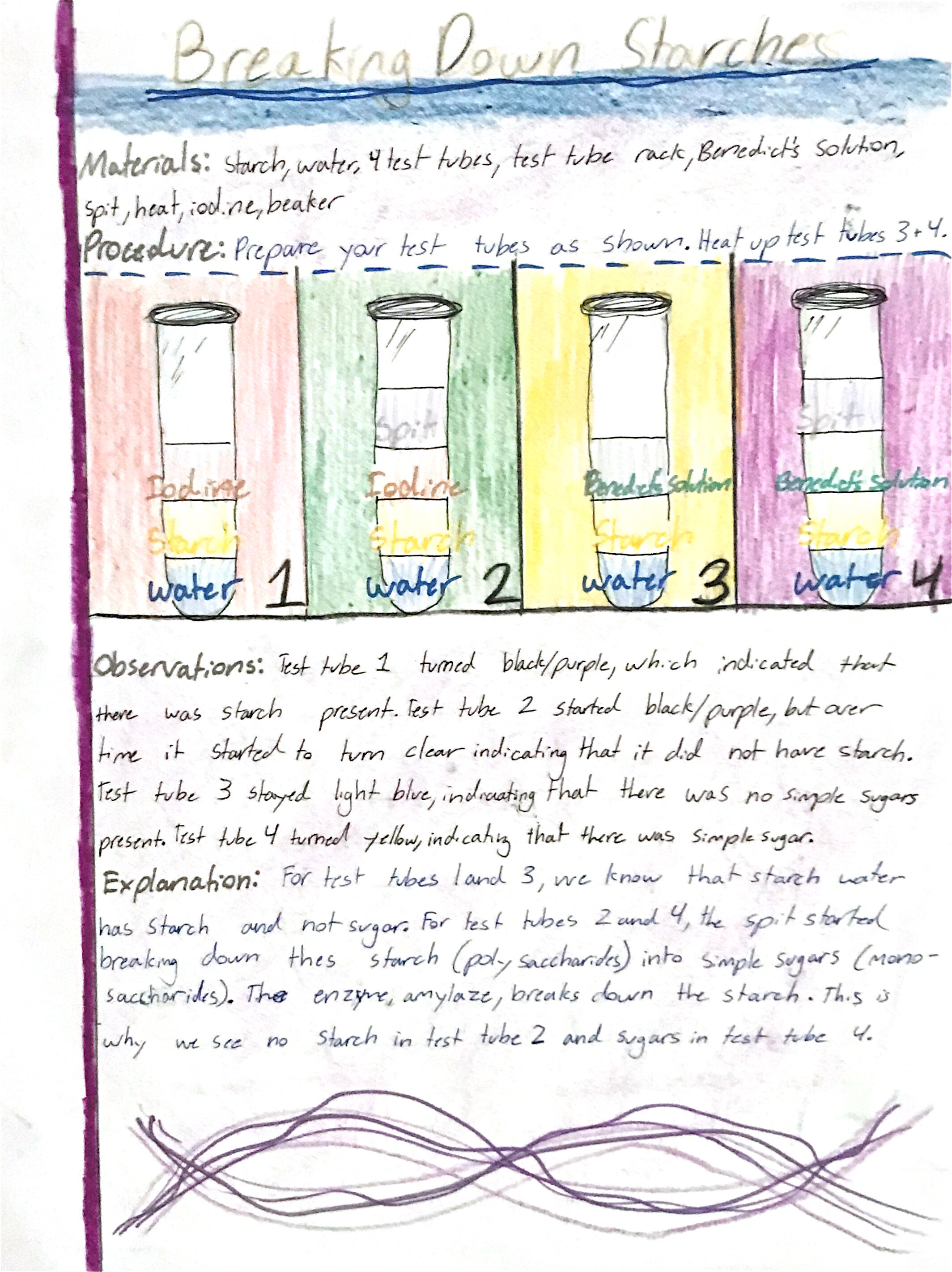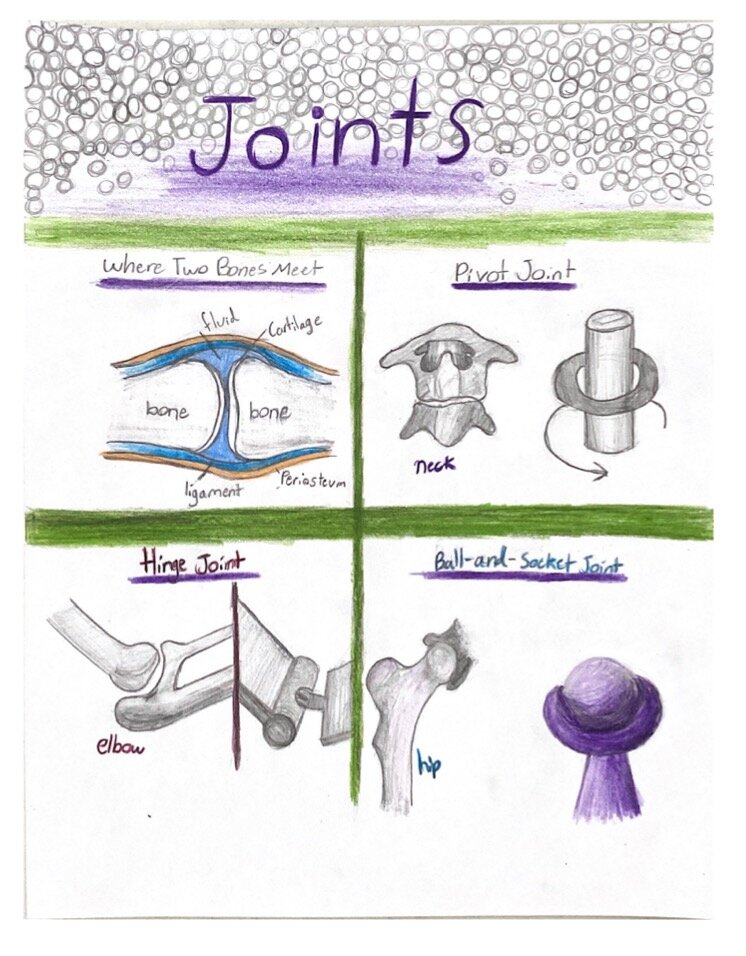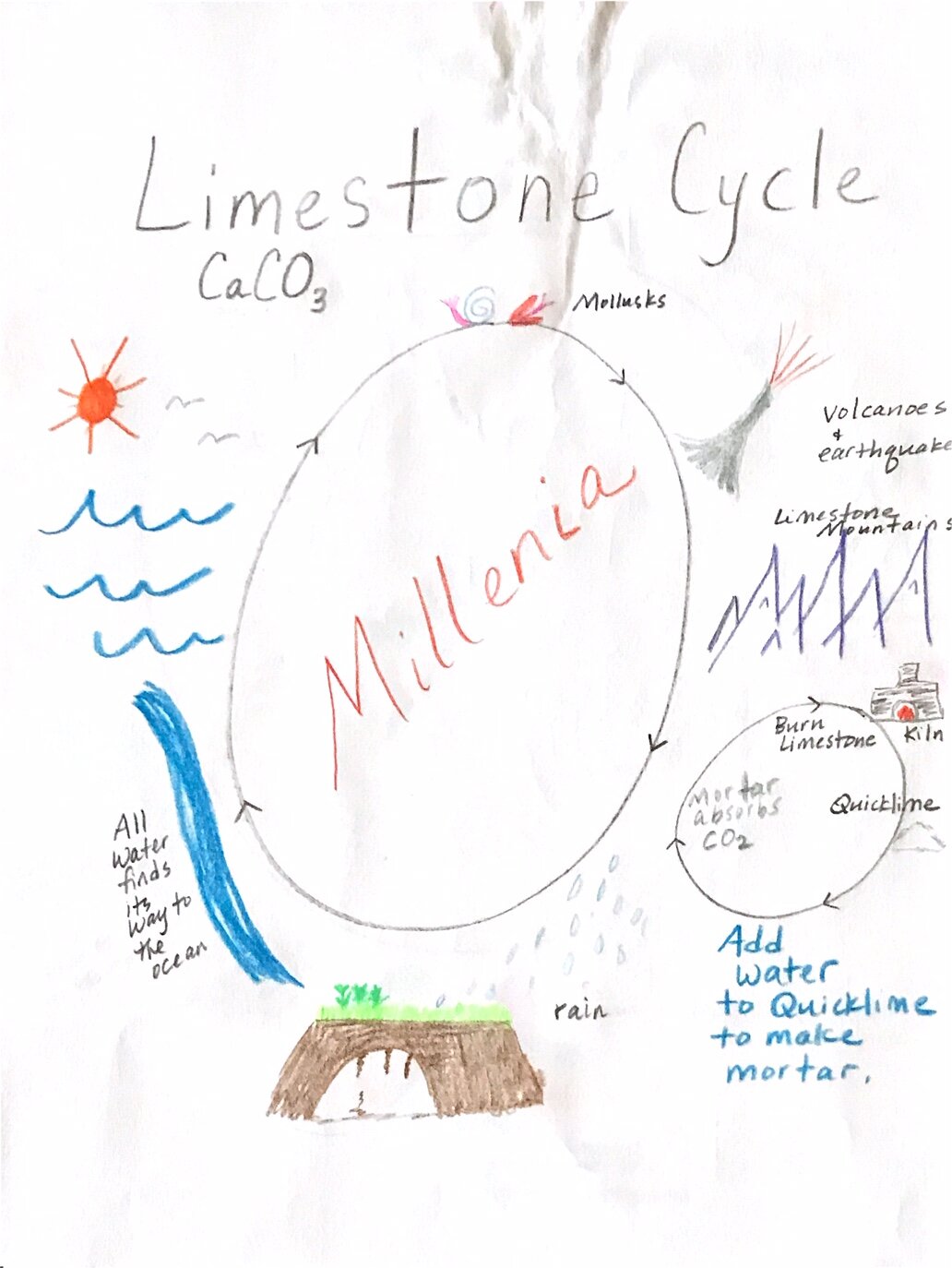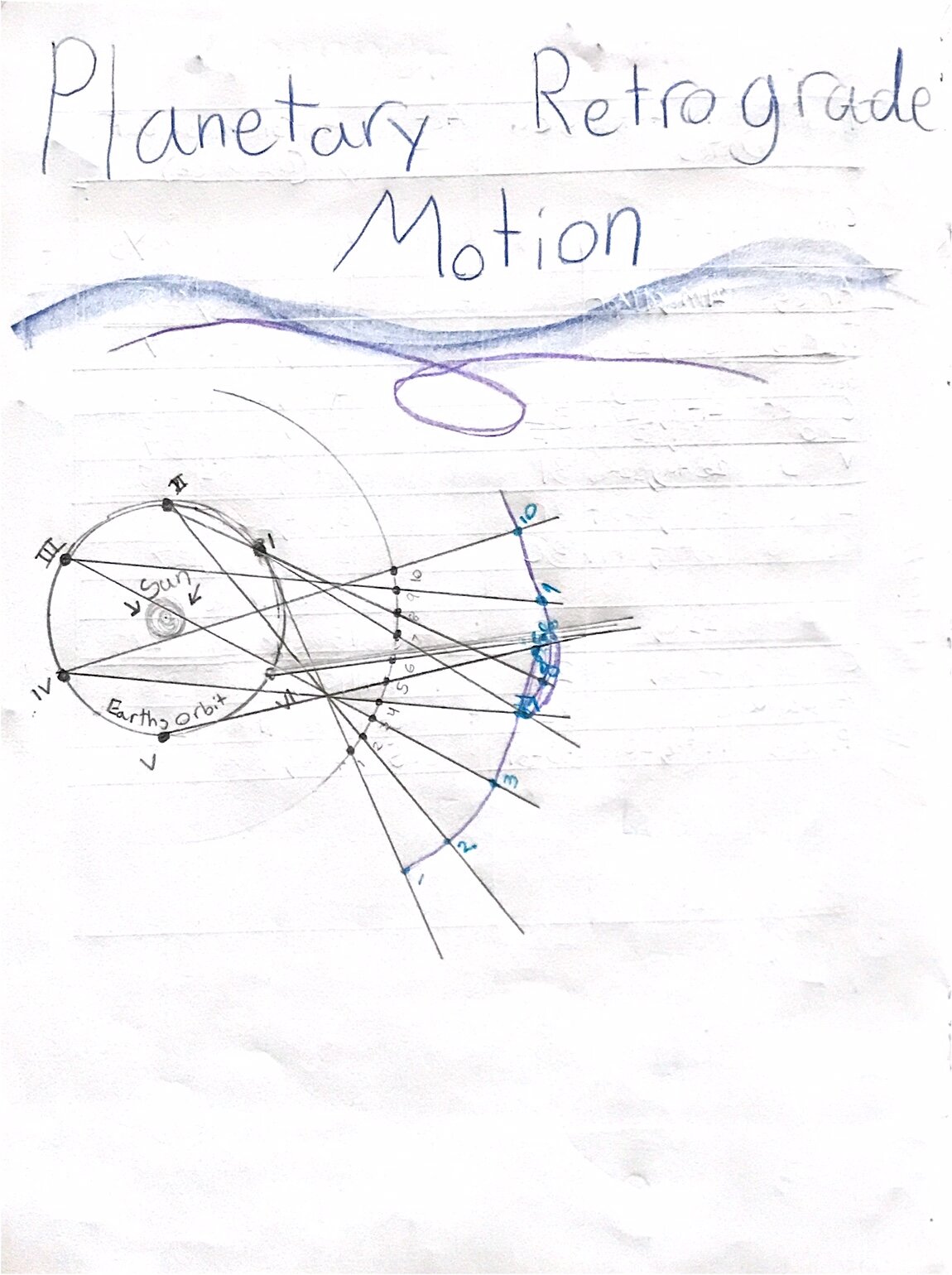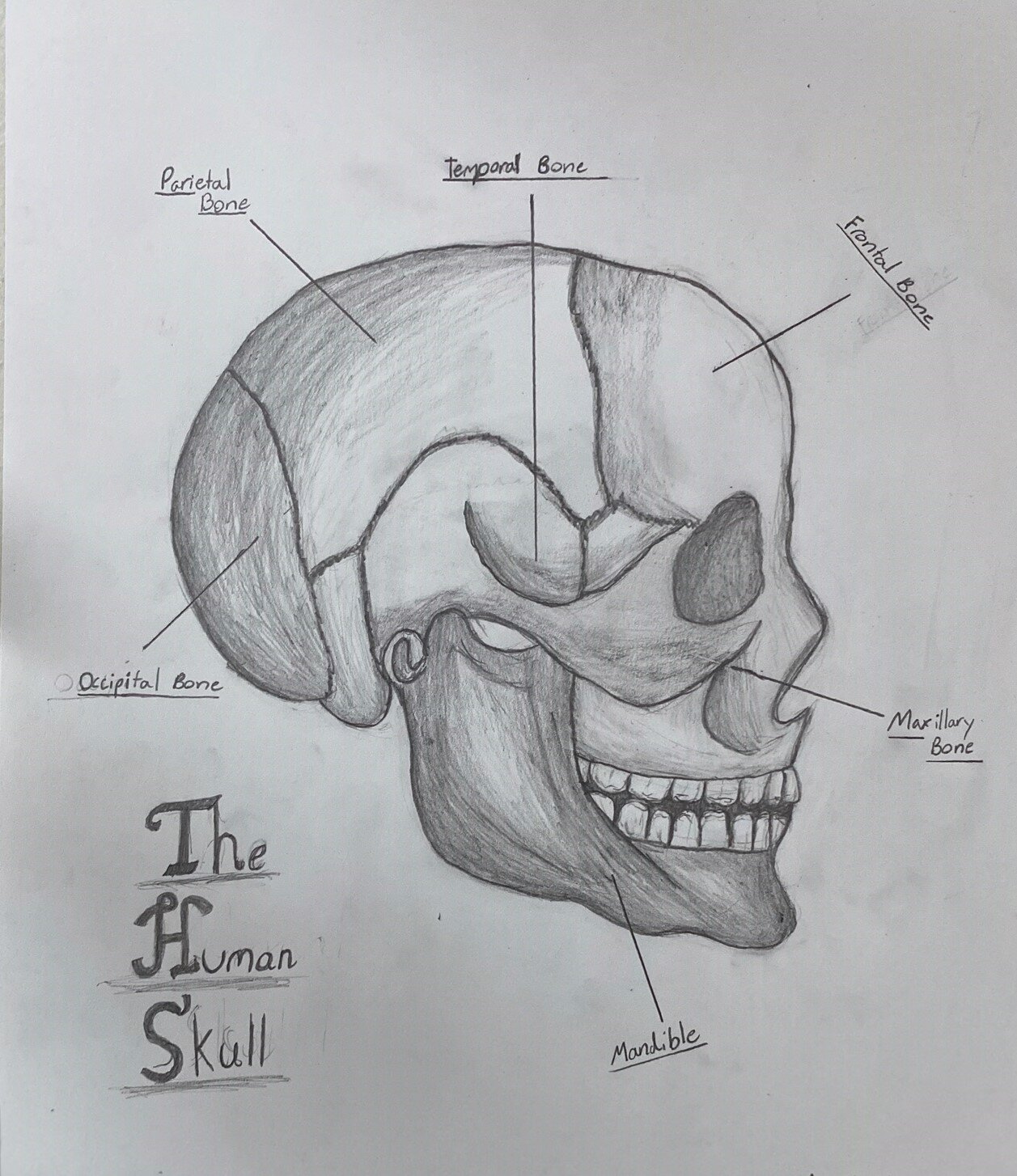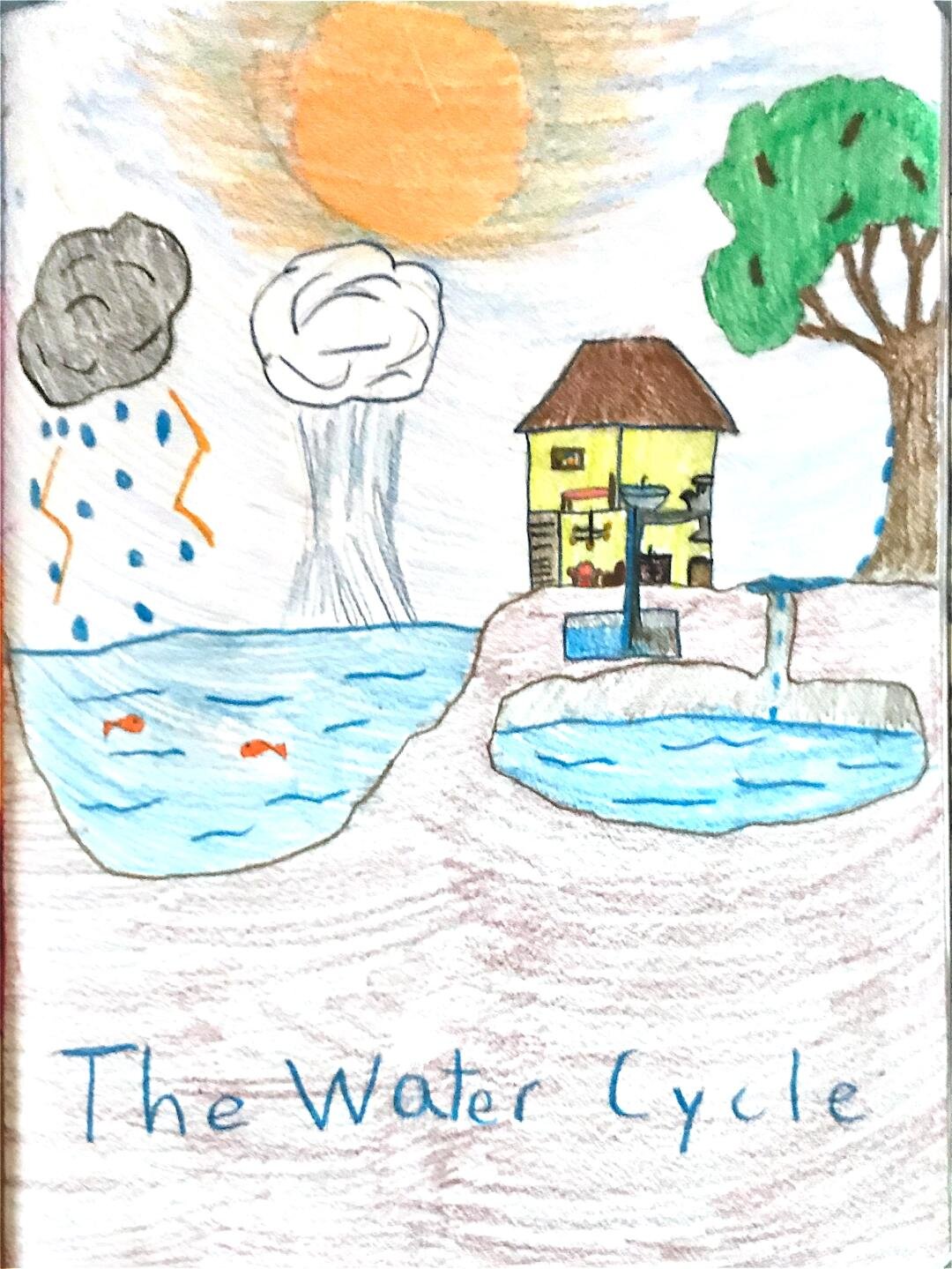What is all the Hype Surrounding the Waldorf Approach to Teaching Science?
The Waldorf approach to science, used by Lotus & Ivy teachers, contrasts the conventional approach in several ways. In the early years, Classes K-3, Waldorf science is centered on promoting wonder and developing keen observation skills. The natural world and the practical sciences, such as gardening & agriculture, farming, housebuilding, and textiles, are presented to the student through the arts, stories, and experiences. Teachings avoid abstract concepts at this age and present what is relatable and meaningful to the child.
Formal science lessons begin in Class 4 with the study of animals, something dear to the heart of the 9- and 10-year-old child. In Class 5, we present a formal study of botany. The middle school years are significantly science-heavy offering Astronomy (Classes 6 and 7), Physics (Classes 6, 7, & 8) Chemistry (Classes 7 & 8), Rocks & Minerals or Geology (Classes 6), and Human Anatomy (Class 8). (Some Waldorf curricula also include the study of aviation and meteorology.) See our Gallery of Science Main Lesson Book pages at the bottom of this page.
What Makes the Waldorf Approach to Science So Effective?
· Each lesson is developed with the whole child in mind. Education must be a balance of learning for the head, heart, and hands. The gifts each child has go beyond the limits of their logical thoughts and analytical reasoning. The Waldorf approach helps to call forth all the child’s gifts, supporting both sides of the brain to their fullest potential. A student’s creative and innovative capacities come from nurturing both hemispheres of the brain, and an optimal brain needs movement, art, music, analytical thinking, stories about real scientists that call on feelings, logical reasoning, and more. After all, Einstein said, “The greatest scientists are artists as well.”
· “Experience before explanation” refers to the idea of performing a science experiment with the student, or letting them experience a phenomenon, without giving any facts or explanations for at least 24 hours. This gives the student an invaluable opportunity to absorb and ponder the phenomena and start to formulate ideas and questions independently. This philosophy is often called the phenomenological approach and is the core of the Waldorf approach to teaching science.
So often in conventional science lessons, we give the explanation without giving the student time to fully process what they have observed in order to form questions for themselves. Allowing the questions to form and live in the student is the root of critical and creative thinking and is instrumental in developing deep thinkers.
Remember learning about osmosis, planetary retrograde motion, Newton’s Laws, isotopes, or the immune system in your science classes years ago? Were you able to experience these concepts in meaningful ways so that you remember and understand them years later? Did you have a positive personal experience with each one that fostered a love of learning? Sometimes students do not even get to experience the phenomena – it is solely presented lecture-style or as words on paper.
The Waldorf approach to science gives students the opportunity to experience the phenomena in meaningful ways through the arts, science experiments, hands-on engineering activities, and more. Giving students a positive personal experience with the content fosters their love of learning.
· The concept of teaching from “whole to parts” also comes from Waldorf pedagogy. The idea is to bring the big picture to students first, then dive deeper into the detailed parts from there. When introducing a concept, it is important to start from a place of familiarity for the student. When bringing new concepts to students, help them build a foundation that is familiar and then build from there.
For example, in Chemistry in Class 7, we present oxygen and nitrogen as elements. We start out by discussing the air we breathe. We muse about the fact that we cannot see the air with our naked eye, but we know it is there. We will continue our discussion with questions like, “How do we know it’s there?” or “What do you already know about our air?” This would lead to the discussion of gases, and to the question, “What other gases are you familiar with?”
There is an interesting story I love to tell students about a man who did not realize propane gas was denser than the air we breathe. He released propane from his gas grill into his back yard thinking it would dissipate into the upper atmosphere. Unfortunately, it settled along the grass below the air we breathe and made its way to the pilot light on his hot water heater adjacent to his home. The result was an explosion! (This story is always popular, and they never forget it.) By telling this story, I can connect the concept of density to something they can relate to well – the air we breathe.
From here, we start our study of the elements (the parts) that make up the air we breathe (the whole). We bring in the periodic table and eventually compare the elements in the air we breathe to the elements that make up propane. Of course, this will eventually lead to a hands-on density experiment with liquids that will layer upon each other.
Now imagine if this lesson started with the periodic table and dove right into elements. It would have been abstract and not nearly as meaningful to the student. Going from whole to parts, we give students a foundation from which to make connections with the learning. When we connect the dots in a meaningful way it allows the new and abstract content to be remembered and relatable.
While academic success is very important, the Waldorf approach recognizes that graduates who develop a love for lifelong learning, a passion for their work, a natural generosity, and a high level of emotional intelligence are more likely to grow into fulfilled and happy adults. This is our overarching goal and why Lotus & Ivy teachers plan lessons that are meaningful. When students have a positive personal experience with the lesson, they want to learn more. As Rudolf Steiner says, “Our highest endeavor must be to develop free human beings who are able of themselves to impart purpose and direction to their lives. The need for imagination, a sense of truth, and a feeling of responsibility—these three forces are the very nerve of education.”
Lotus & Ivy offers main lesson, math, Spanish, German, handwork, and music for grades K-8. To learn more about how your child can join a live, interactive virtual class taught by a Waldorf-trained teacher, visit our website at www.lotusandivy.com or contact us at lotusandivyvirtualclasses@gmail.com.
